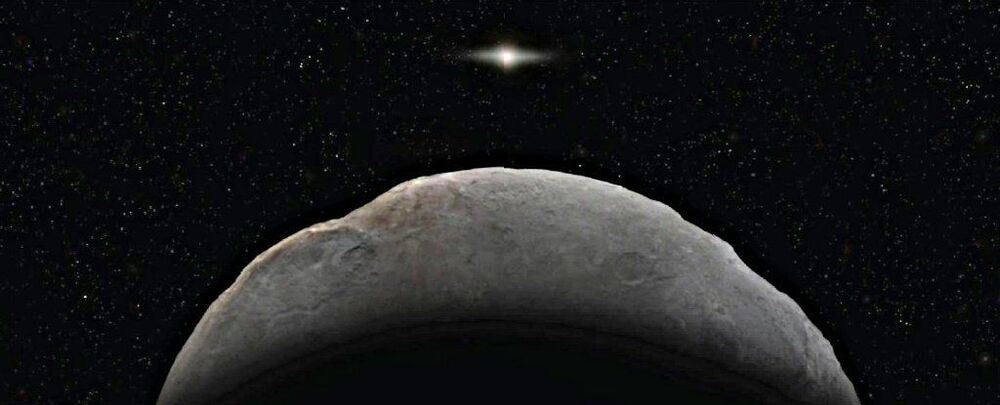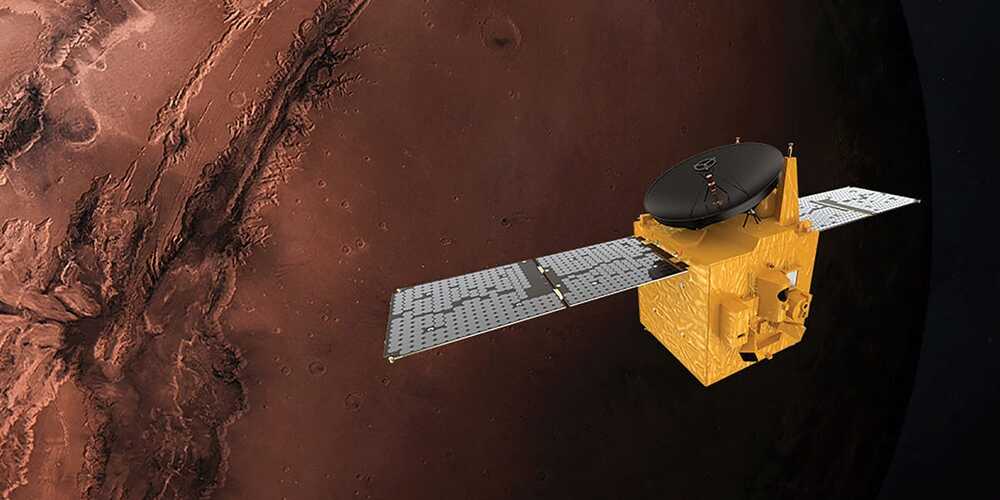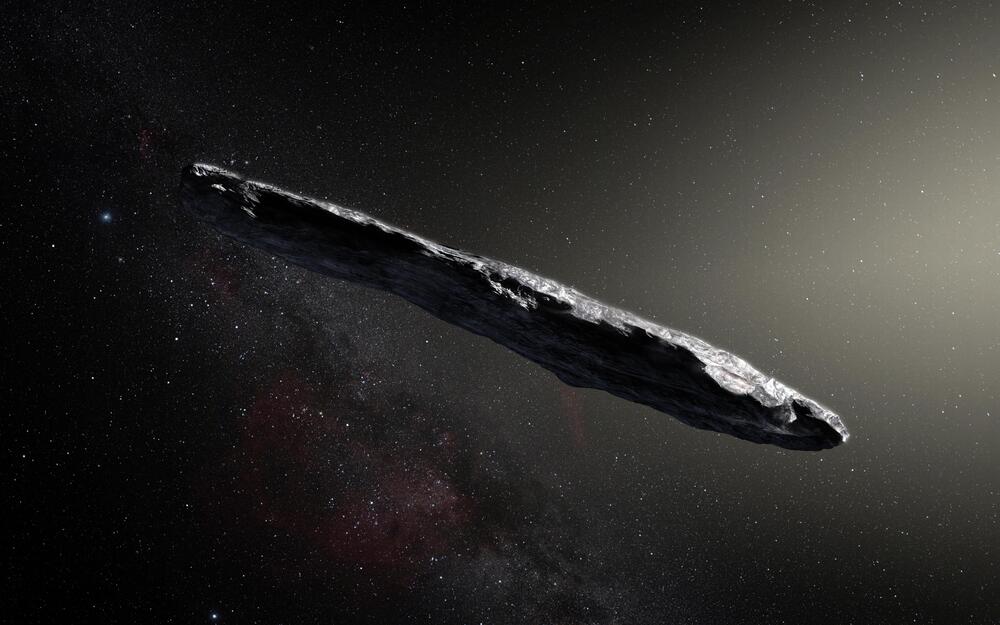Cell-Intrinsic Learning And Memory Storage Dynamics — Dr. David Glanzman Ph.D., Professor, in the Department Integrative Biology and Physiology, at UCLA College of the Life Sciences.
Dr. David Glanzman is Professor, in the Department Integrative Biology and Physiology, at UCLA College of the Life Sciences, Professor in the Department of Neurobiology in the David Geffen School of Medicine, and Member, Brain Research Institute.
Dr. Glanzman has a B.A. in Psychology from Indiana University Bloomington and a Ph.D. in Psychology from Stanford University.
Dr. Glanzman is interested in the cell biology of learning and memory in simple organisms.
In Dr. Glanzman’s lab research they use two animals, the marine snail Aplysia californica, and the zebrafish (Danio rerio).







